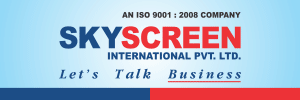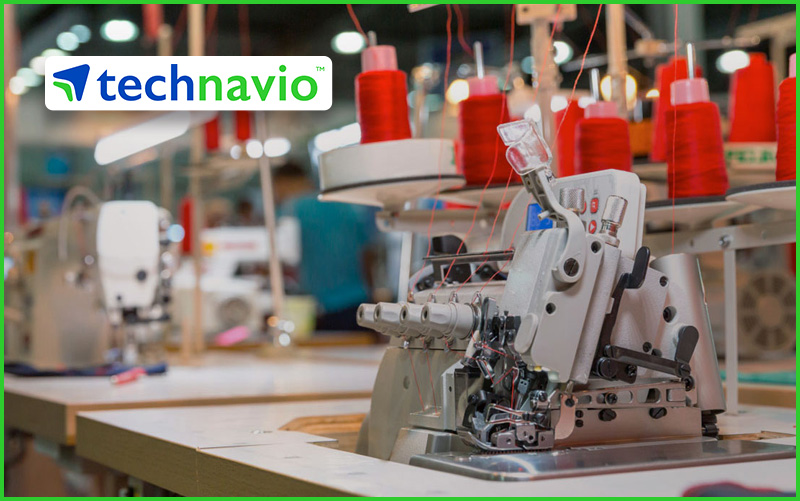
Printed Circuit Board (PCB) Market to Grow by USD 26.8 Billion (2025-2029): Technavio
07 February 2025: Report with market evolution powered by AI – The global printed circuit board (PCB) market size is estimated to grow by USD 26.8 billion from 2025-2029, according to Technavio. The market is estimated to grow at a CAGR of over 6.2% during the forecast period. Rising adoption of smartphones is driving market growth, with a trend towards increasing inclination toward flexibility and industry automation. However, environmental concerns regarding PCBs poses a challenge. Key market players include APCT, China Circuit Technology Shantou Corp., Compeq Manufacturing Co. Ltd., Daedeok Electronics Co. Ltd., Dynamic Electronics Co. Ltd., Ibiden Co. Ltd., Jabil Inc., Korea Circuit Co. Ltd., NOK Corp., RAYMING TECHNOLOGY, Shenzhen Kinwong Electronic Co. Ltd, Shenzhen SenYan Circuit Co. Ltd., ShenZhen Wonderful Technology Co. Ltd, Shenzhen Zhongxinhua Electronics Co. Ltd., Sumitomo Electric Industries Ltd., TTM Technologies Inc., Victory Giant Technology (Huizhou) Co. Ltd., Vishal International and Zhen Ding Technology Holding Ltd..
Market Driver
Printed Circuit Board (PCB) market is experiencing significant growth due to the increasing demand for electronic devices, particularly those related to 5G, Internet of Things (IoT), Internet of Vehicles, and artificial intelligence. Consumer electronics, including smartphones, cameras, PCs, tablets, and smart devices, are major consumers of PCBs. Semiconductor plants and IC substrate manufacturers are key players in the market, supplying components such as integrated circuits, resistors, electrolytic capacitors, PLCs, transistors, and composite epoxy materials. Automobile applications, including battery control systems, engine timing systems, digital displays, audio systems, power relays, antilock brake systems, and smart devices, are also driving demand for PCBs. PCBs are essential in various industries, including communications, industrial automation, medical devices, and government institutions. The market is shifting towards flexible circuits, rigid-flex, and high-temperature performance PCBs, made of materials like glass fabric, FR-4, epoxy resin, and fiberglass. Environmental concerns, including electronic waste, lead, mercury, cadmium, brominated flame retardants, and other hazardous substances, are prompting the development of more sustainable PCB production methods. 3D printing and high-reliability PCBs are emerging trends in the market.
The automation of industries is a growing trend as businesses seek to enhance productivity and control costs. To maintain competitiveness, companies are adopting computers and machines for efficient control systems. Power consumption is a significant concern with the increasing power density of electric equipment. PCBs are essential in optimizing power usage within compact applications. Furthermore, the expanding use of cobots, industrial robots, and drones in automation will add value to this trend.
Market Challenges
– Printed Circuit Board (PCB) market faces significant challenges as the demand for electronic devices continues to grow in sectors like 5G, Internet of Things (IoT), Internet of Vehicles, and consumer electronics. The integration of artificial intelligence and semiconductor plants in manufacturing processes increases the need for PCBs in various applications. However, concerns over electronic waste, lead, mercury, cadmium, and brominated flame retardants pose environmental challenges. PCBs are essential components in industries like communications, computers, and consumer electronics, including smartphones, cameras, and tablets. The automotive sector also relies on PCBs for battery control systems, engine timing systems, digital displays, audio systems, power relays, antilock brake systems, and smart devices. Manufacturers of PCBs must ensure their products meet the demands of various industries while addressing challenges such as high temperatures, mechanical stress, and thermal stability. PCBs are used in industrial automation, medical devices, and military applications, requiring high structural integrity and flame-retardant nature. Government institutions and industries like Quanta Computer, an Apple supplier, require rigid PCBs made of materials like glass fabric, FR-4, and epoxy resin. The glass transition temperature, dielectric strength, dimensional stability, and electrical insulating qualities are crucial factors in PCB production. The emergence of 3D printing and flexible circuits, such as Rigid Flex, presents opportunities for innovation and growth in the PCB market.
– Printed Circuit Board (PCB) market involves the production and disposal of boards made primarily of metal, plastic, ceramic, and copper. These components, particularly epoxy resins containing chlorine, can pose environmental concerns due to their non-biodegradable nature. The industry has shifted from lead solders to lead-free alternatives to minimize toxicity. Proper dismantling of components is necessary before disposing of PCBs. Recycling presents challenges such as temperature rises, mechanical shocks, and delamination. A standard PCB comprises 40% metal, 30% plastic, and 30% ceramic, with the board itself consisting of 28% copper, 33% resins and 40% other materials.
www.technavio.com






